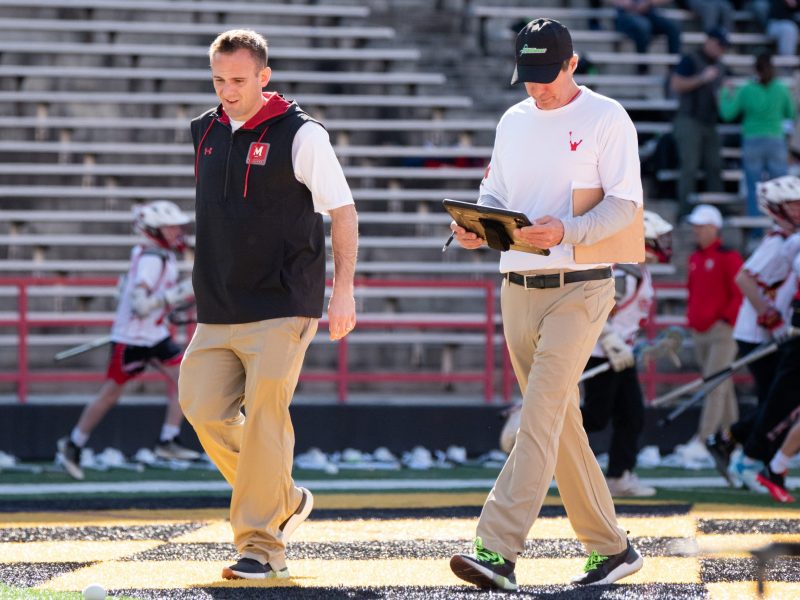Katie Ledecky is one of the most dominant swimmers in the world. At the 2016 Olympics, she has won five gold medals and broken her own world record in two different races.
Ledecky is also a source of pride for the DMV. Ledecky was born in Washington, D.C., and attended high school in Bethesda. She threw out the first pitch at a Washington Nationals game and met Alexander Ovechkin.
This fall, Ledecky will travel nearly 3,000 miles from Bethesda and swim on scholarship at Stanford. If you are a Maryland student, fan or alumnus, it is fair to wonder why one of the area’s finest athletes is not staying home and swimming for the Terps.
The short answer is quite simply that Maryland does not have a Division I swimming and diving program.
Maryland’s men’s swimming and diving program had been competing since 1956, while the women’s team began in 1978.
Neither of the programs were powerhouses within the ACC, but there was no real concern that the programs would be cut until November 2011.
At that time, Maryland’s athletics were facing a huge deficit and were mired in a slump on and off the field. Randy Edsall, in his first year replacing Ralph Friedgen, led his team to a disastrous 2-10 season. In men’s basketball, the Terps were attempting to rebuild, still shaken from the news earlier that year that Gary Williams would retire from coaching. Maryland’s two biggest money makers were not making enough money.
As a result, a commission was formed in July of that year to figure out how Maryland could improve its financial situation. By November, it offered their recommendations to improve the university’s finances. Maryland needed to cut eight sports, including both swimming and diving teams.
The news hit Maryland’s athletic director, Kevin Anderson, especially hard.
“Besides a relative dying, this has been one of the worst times in my life, having to face these young people and tell them of the possibility of us discontinuing their programs,” Anderson told the Washington Post in 2011.
The swimming and diving teams still had an opportunity to be saved. They needed to raise $11.6 million by June 30, 2012.
However, that figure proved too steep for even the most eager group of boosters and parents.
On July 2, 2012, Anderson announced that both swimming and diving teams, as well as five other athletic programs, would be eliminated from the University of Maryland’s athletics. Men’s outdoor track and field was able to meet its fundraising goal, but no other sport could do the same.
In 2013, university President Wallace Loh said that he could not see Maryland restoring the programs they cut the prior year.
It was unlikely a swimmer of Ledecky’s caliber would have decided to go Maryland even if the program still existed. Stanford has one of the nation’s best swimming programs, and the Terps women’s team never won an ACC title.
Even so, it is disappointing to know that one of the DMV’s most superb athletes never had a chance to consider staying home and representing the area, like Stefon Diggs and Melo Trimble.
While there was only a slim chance Maryland would have been able to land Ledecky, there may be enough swimmers around the DMV who would have given the Terps men’s and women’s teams enough talent to compete in the Big Ten.
But until Maryland athletics has enough money to bring back the teams, we can only wonder what could have been.



